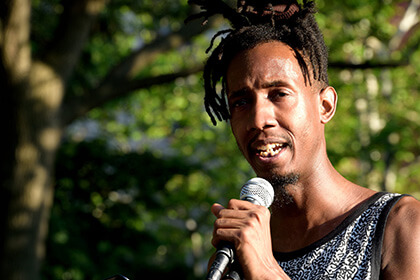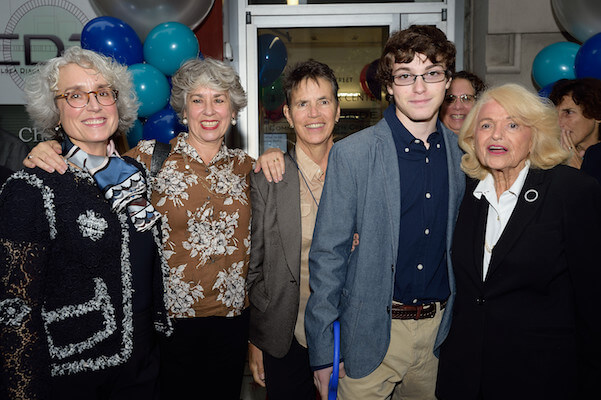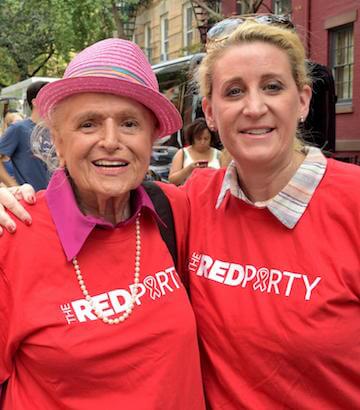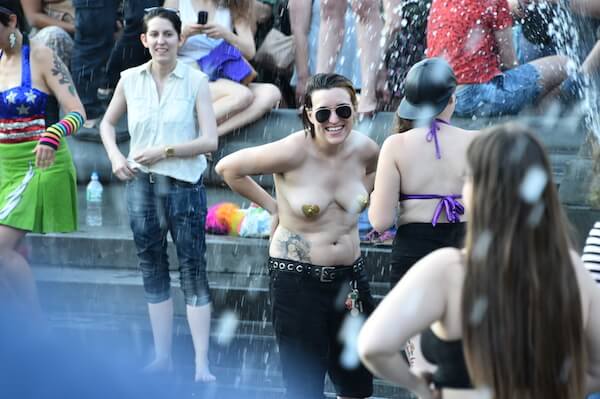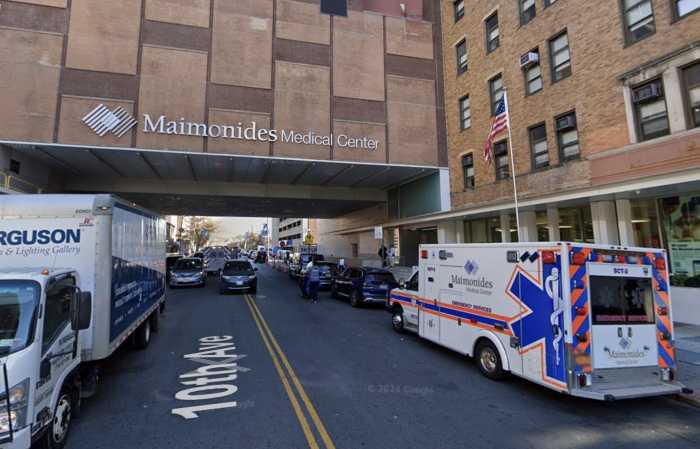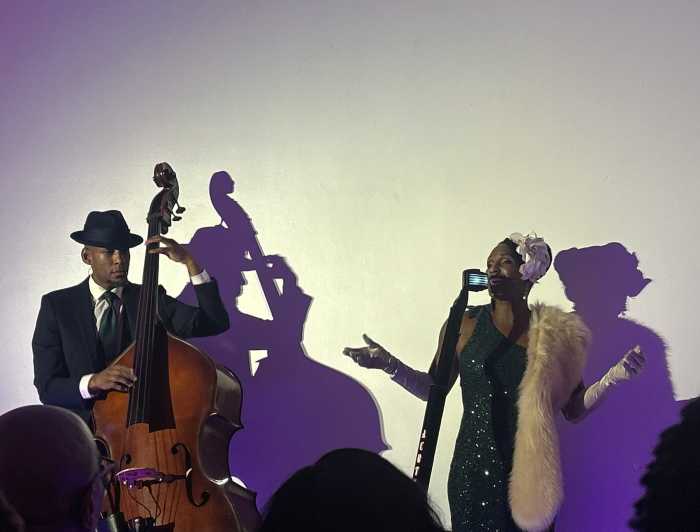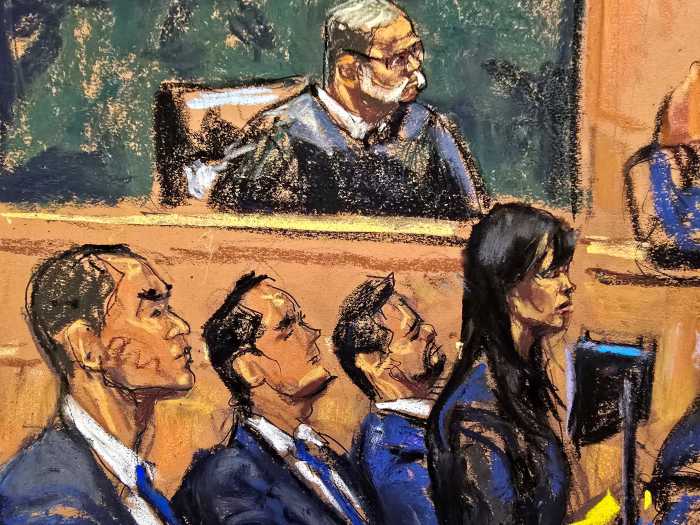ILLUSTRATION BY MICHAEL SHIREY
BY ANDY HUMM | Hundreds gathered in Washington Square Park on June 2 at a rally to launch a National Campaign for Youth Shelter to vastly increase the number of beds for homeless young people from a current 4,000 to 22,000. That would represent an enormous leap forward, but also a drop in the bucket for what organizers say are 500,000 homeless kids in America.
“The LGBT community is considered different because of who we love,” said Carl Siciliano, founding executive director of the Ali Forney Center, one of the few shelters for homeless LGBT youth and a lead organizer of the rally. “The experience of being a homeless youth is unspeakable. We are a community of love and we need to share that love with our kids. It’s the largest crisis in our community in our times.”
About 40 local and national groups have signed on to the campaign, which Siciliano said is an effort to build “a grassroots movement” for housing homeless youth. “Shelter has to be a basic human right,” he emphasized.
Locally, advocates were successful in getting the New York City budget to include money for 100 more beds for homeless young people — a 40 percent increase — with 24 of that increase designated for LGBT youth.
“We are asking for an immediate plan to add 22,000 beds,” Siciliano wrote in an email after the rally about the nationwide goal. “This number corresponds to the number of unsheltered youth 24 and under identified in the last [Department of Housing and Urban Development] point-in-time count. The federal government cannot argue that there are fewer homeless youths than this. We are also asking for a federal plan to do a real census/ data collection effort to determine the actual scope of the homeless youth population.”
He wrote that the campaign is designed to build “outrage” and “awareness” and is “working to support local initiatives to increase homeless youth resources, with the goal of generating media attention to the struggle of the unsheltered kids.”
The Reverend Melvin Miller, who runs Shelter of Peace serving homeless LGBT youth at the Fort Washington Collegiate Church in Upper Manhattan. | DONNA ACETO
The HUD point-in-time count, advocates argue, vastly underestimates the number of youths who experience homelessness in any given year.
Many of the speakers at the rally talked about the moral imperative of housing homeless youth and there were chants of “Not one more day!” of letting any young person go without shelter, but that goal is remote without substantial changes in how American society views the right to housing and employment.
For all the urgency, it was announced that the next rally would not be until December 8, in Washington, after the midterm elections that could well leave the entire Congress in the hands of Republicans, who have dedicated themselves to shredding the social safety net further.
Transgender activist Jennifer Louise Lopez, once homeless herself and now director of Everything Transgender, said, “Mayor de Blasio! You need to wake up! Give us more beds.”
Siciliano and other youth advocates, however, have credited the new mayor with fulfilling the first step in his campaign pledge to grow the number of available homeless beds 100 a year until the demand is met.
Aria Noel, who is being housed by Ali Forney, praised the help she is getting there, but said, “We need more jobs.”
The rally’s exhortations, for the most part, amounted to preaching to the converted, the crowd filled with people who already work on various aspects of the homeless LGBT youth problem. Michael Sabatino, an out gay member of the Yonkers City Council, is involved in a program there called Center Lane, serving LGBT youth 12-21, and said he is working with Ali Forney on developing youth shelter in Westchester County.
James Bolas, executive director of the Coalition for Homeless Youth, was at the rally and later told Gay City News via email, “I and many homeless youth providers from the Coalition saw a 22,000 nationwide bed ask, but then I didn’t see any other numbers. Seeing as the Coalition for Homeless Youth has the ear of an extensive membership of over 25 homeless youth programs in NYC, we need a federal dollar amount. That’s something we can strategically fight for!”
Bolas said his coalition is making headway with the new mayoral administration, but wrote, “On a state level, New York does not adequately fund their homeless youth programs and has allowed programs that were effective to close due to funding loss.”
The state’s contribution to funding homeless youth beds in New York City has declined during the Cuomo administration.
Mark Harrington of the Treatment Action Group spoke at the rally, saying, “The struggle to end AIDS and the struggle to end youth homelessness are part of the same struggle.
Jerry Jones, the executive director of the National Coalition for the Homeless. | DONNA ACETO
The Reverend Melvin Miller runs Shelter of Peace to serve homeless LGBT youth out of the Fort Washington Collegiate Church in Upper Manhattan.
“Our national and state budgets do not reflect the mercy and justice toward this tragedy,” he said.
In the June 2 crowd was Geoffrey Ream, associate professor of social work at Adelphi University, who has volunteered his help with several homeless LGBT groups.
“I think we’ve got a lot of good services,” he said. But in order to truly make a dent in youth homelessness, he added, “what we need is a system and only the government has the money and power to create it.”
Ream was also concerned about pathologizing homeless young people by playing up their risks for suicide, HIV, and drug and alcohol abuse.
“Most of them are just working poor,” he said, “and trying to find jobs and being up against the same problems that their whole generation” faces in terms of unemployment and the lack of affordable housing.
While few elected officials were on hand, former City Councilman Lew Fidler, a leader in the fight against youth homelessness as chair of the Council’s Youth Services Committee for years, was there, as was former Councilman Alan Gerson, also an ally in that effort.
The rally seemed aimed at revving up public concern for homeless LGBT youth as an issue in a movement that has been focused on marriage rights to the exclusion of many other issues for the last decade.
Chris Bilal, formerly homeless, now works at Streetwise and Safe, which assists and advocates for LGBTQ youth of color. | DONNA ACETO
Among those who addressed the crowd was Edie Windsor, 84, the successful plaintiff in the landmark 2013 Supreme Court Defense of Marriage Act case. She provided a sense of history about the LGBT community’s struggle from the closet to Stonewall to AIDS to its recent victories. At each step of the chronology Windsor spelled out, new waves of gay and lesbian people came forward, she said.
“As the flood of DOMA cases began to hit the courts and our self-esteem began to rise, more of us came out,” Windsor told the crowd. “When the Supreme Court of the United States said we deserve respect and equality, we came out in droves. It affected not just our self-esteem but a majority of our fellow Americans.”
But Windsor said that many young people — those without a home — have been “left out of the joyous side of coming out.”
She emphasized, “No youth should be left to suffer in the streets without shelter. It’s not fair, it’s not just, it’s not American.
Gay adults have a responsibility in turning the situation around, Windsor argued.
“The LGBT community must become their family,” she said. “Together we must get them off the streets and in homes… I want to remind everybody that none of us ever thought that we could be married — so we have a good chance to succeed.”

